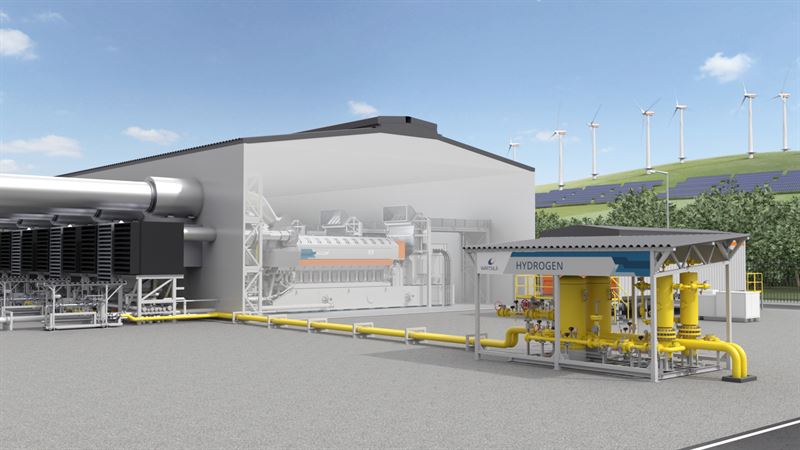
Wärtsilä launches world’s first large-scale 100% hydrogen-ready engine power plant
The 100% hydrogen-ready engine is expected to be available for orders in 2025, and available for delivery from 2026.

The 100% hydrogen-ready engine is expected to be available for orders in 2025, and available for delivery from 2026.

A total of 144 employees received the Long Service Award for completing a decade with the company as of May 2024.

The Company stressed further that no doubt there is room for improvement, and it will continue to work hard to further reduce the number of grid disturbances to the barest minimum.
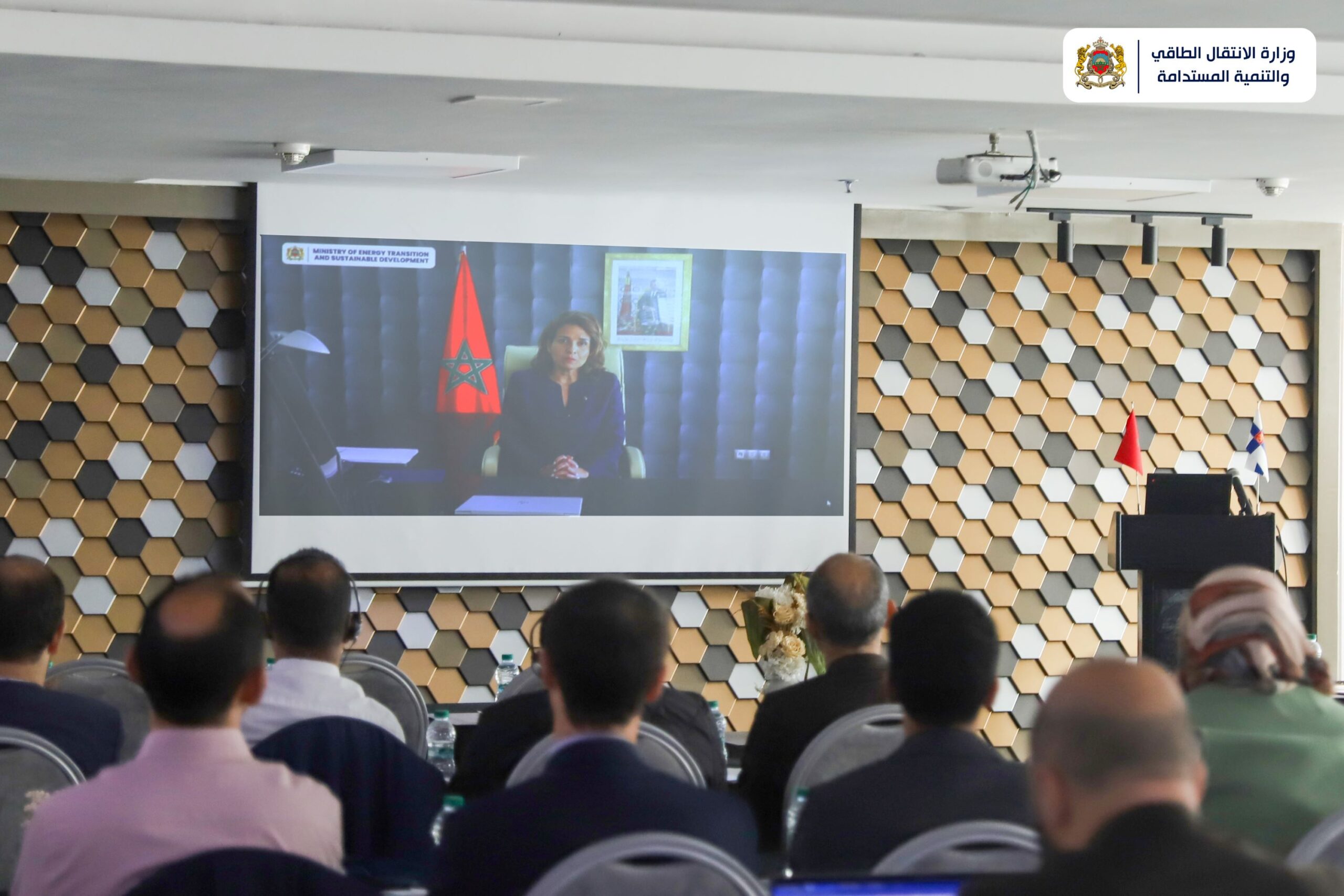
Behind the necessary ramp-up of renewable energies, the challenge of integrating them into the power grid occupied centre stage at the North & West Africa Energy Transition Forum.

The development came a few months after the Federal Government renewed the mega power project contract with the German government and Siemens, following several months of delays.
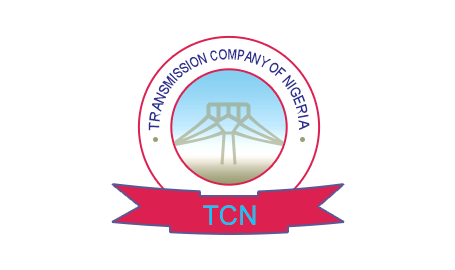
It is important to note that the current power situation being experienced generally is a result of low load allocation, caused by low power generation into the nation’s grid,
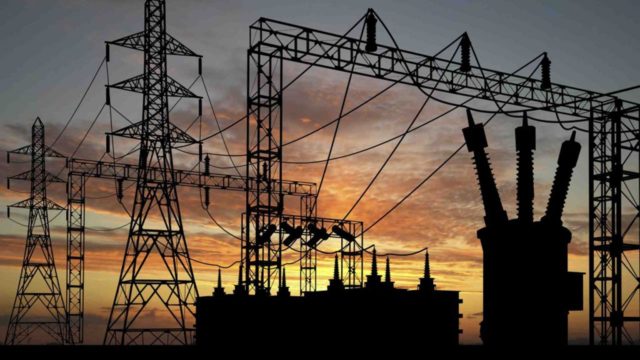
Our power sector is ailing. The energy crises have defeated all our presidents. Buhari is the latest victim. As a presidential candidate of his party in 2007, he issued a manifesto in which he bared his mind on the country’s myriads of social and economic problems and his proposed solutions to them should he receive the people’s thumbs up to become our president. Tackling the energy crises was one of them.
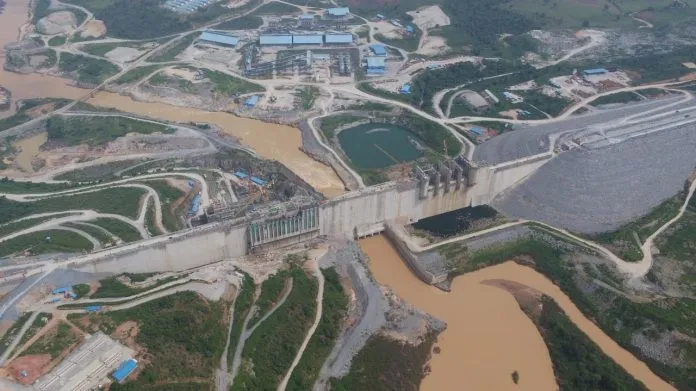
The Federal Government has spent $1.2 billion on the project’s construction in the Niger State.

The restoration of the affected part of the grid commenced immediately at 11.55am with Osogbo/Ihovbor back to the grid followed by Jebba/Osogbo, Kainji/Jebba, Benin/Onisha, Shiroro/Kaduna, Shiroro/Katampe, and Alaoji/Ikot-Ekpene. Others are Lokoja/Gwagwalada, Odukpani/Ikot Ekpene, Benin/Omotosho, Oke-Aro/Ikeja West, Egbin/Oke-Aro and Kaduna/Kano.”
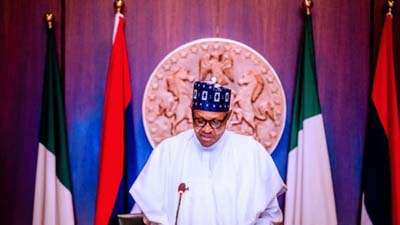
By now, Nigeria should be building a second national power grid as well as regional grids, mini and micro-grids to distribute as much electricity as possible. Moreover, policies should drive private investment in alternative power sources, especially renewables – solar, wind, hydro, tidal, geothermal and biomass.